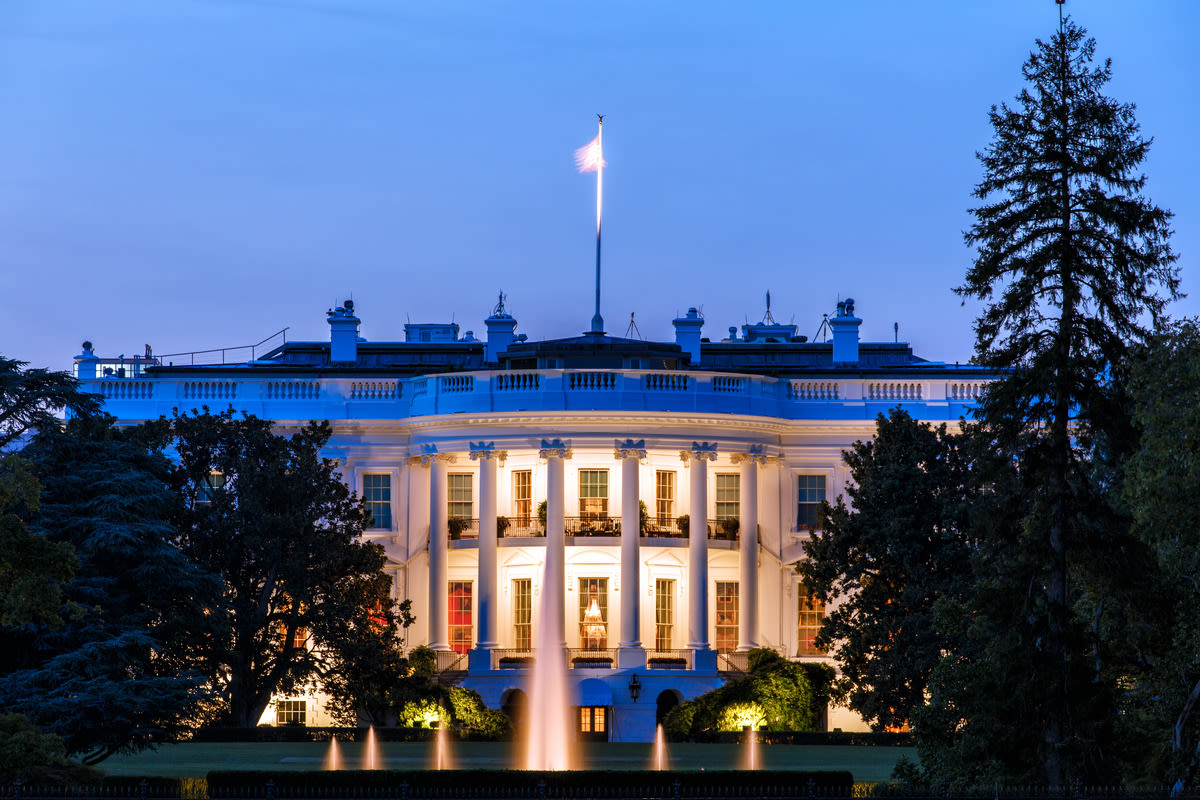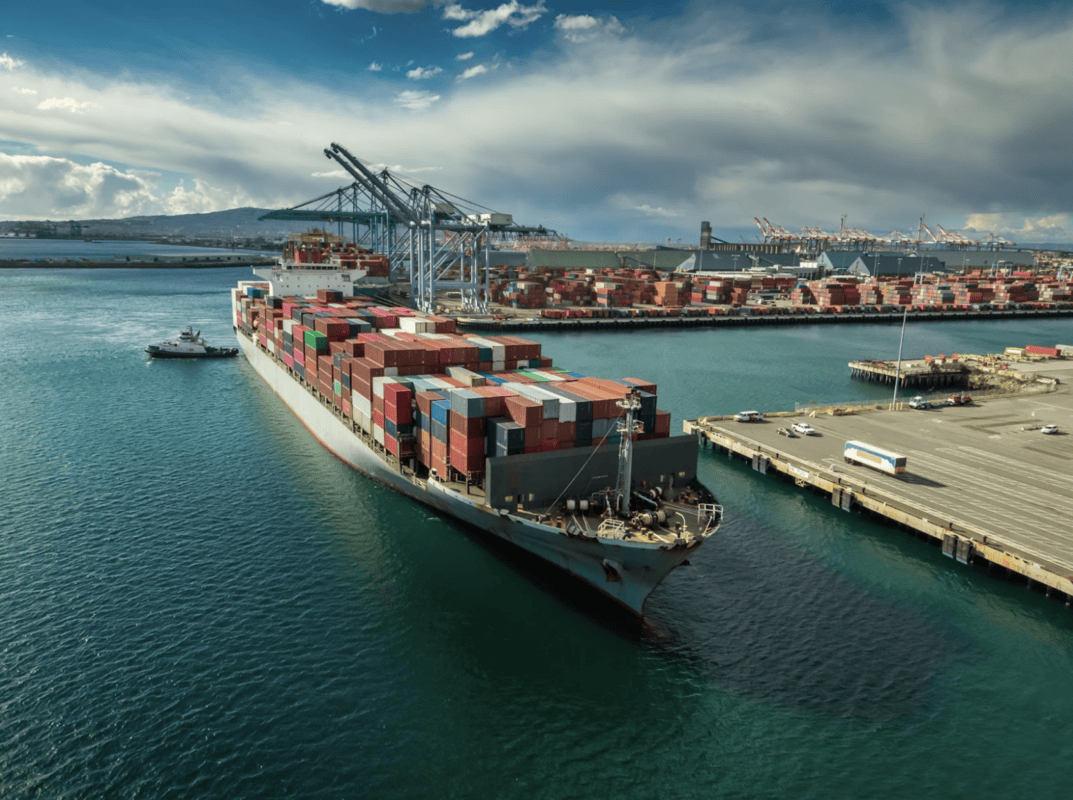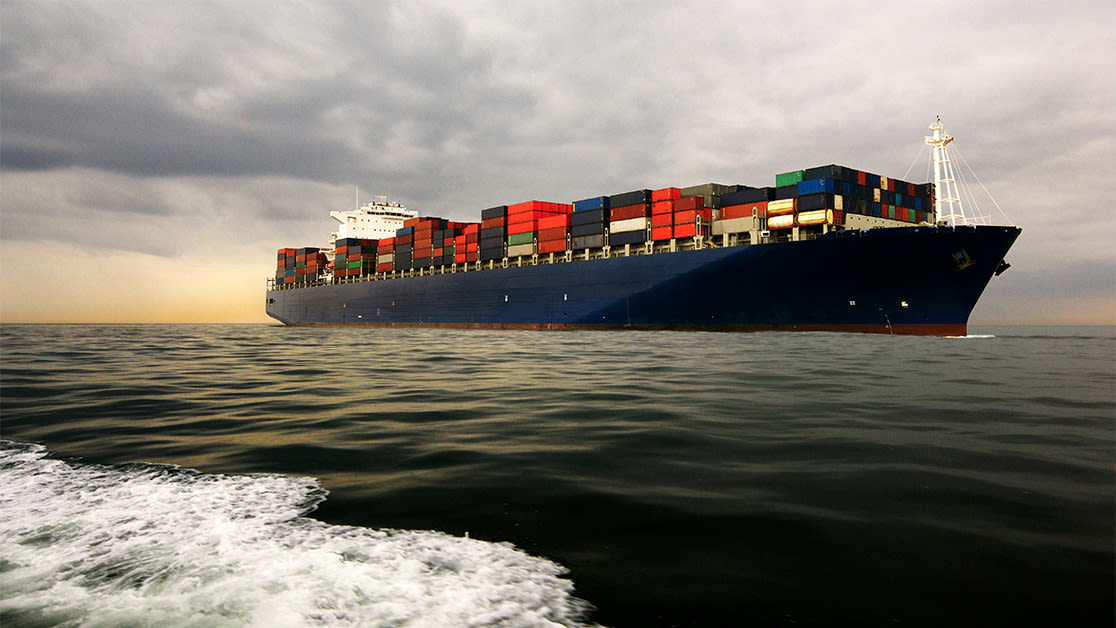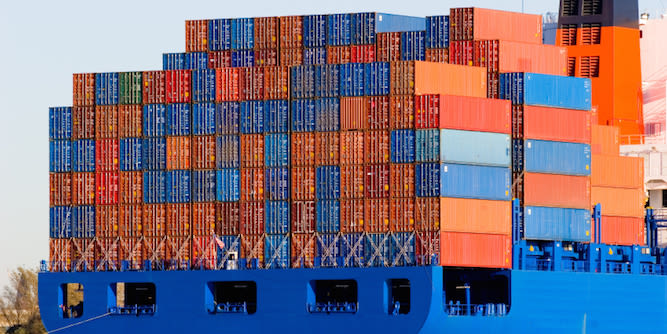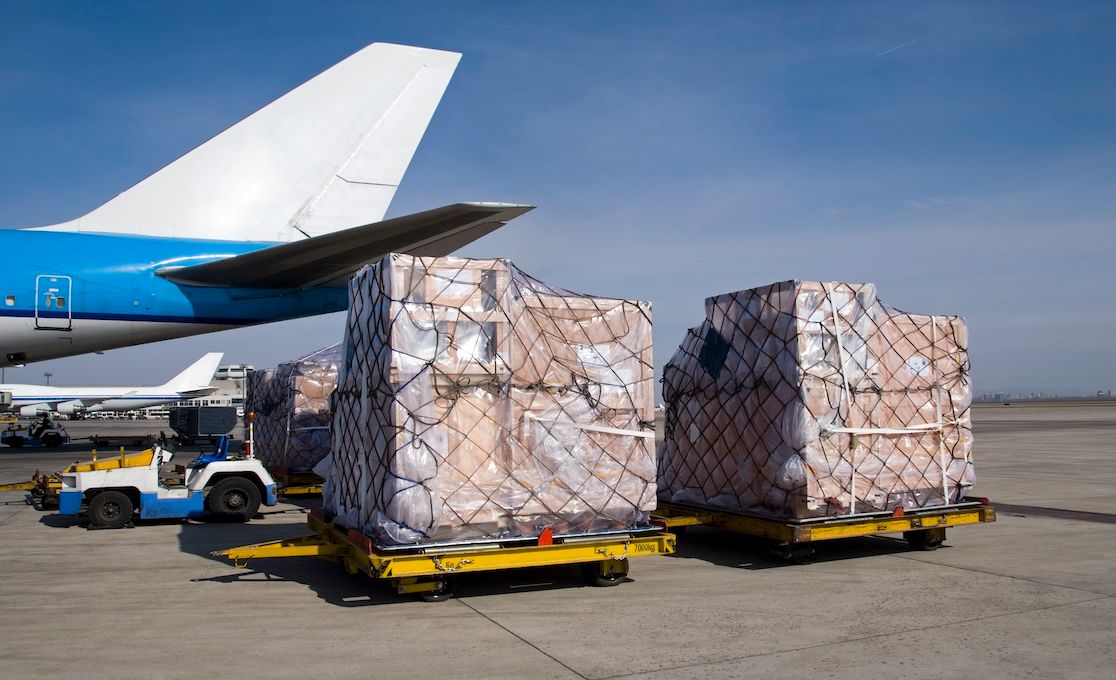
April 2, 2025
Duty-Free "De Minimis" Shipping Is Being Eliminated from ALL Countries as Soon as Government Systems Are Ready
Tags:

Buried in today's executive order on tariffs is a bombshell:
Duty-free "de minimis" shipping is being eliminated from ALL countries as soon as the systems are ready.
While a little hard to discern, a close reading of Section (h) makes it relatively clear that the program will be going away as soon as the systems are ready to implement this change.
Specifically, the text reads:
Duty-free de minimis treatment under 19 U.S.C. 1321(a)(2)(C) shall remain available for the articles described in subsection (a) of this section until notification by the Secretary of Commerce to the President that adequate systems are in place to fully and expeditiously process and collect duty revenue applicable pursuant to this subsection for articles otherwise eligible for de minimis treatment. After such notification, duty-free de minimis treatment under 19 U.S.C. 1321(a)(2)(C) shall not be available for the articles described in subsection (a) of this section.
The referenced subsection (a) states:
(a) Except as otherwise provided in this order, all articles imported into the customs territory of the United States shall be, consistent with law, subject to an additional ad valorem rate of duty of 10 percent.
Taken together, sections (h) and (a) make it reasonably clear that the de minimis program will be brought to an end as soon as the government’s systems are capable of doing so.
While the end of de minimis has been long foreshadowed for goods imported from China, ending it for all countries is a shock that was not widely anticipated buried in the executive order.
This is a game changer, because for many brands, this was their backup plan. Many brands we’ve spoken to had a “China + 1” strategy, but in this case, no one is exempt.
Our understanding is that the system's readiness is what’s kept the government from shutting down de minimis imports from China already. This requires the Automated Commercial Electronic (ACE) system and the Harmonized Tariff Schedule (HTS) to be updated for every country to ensure entries can no longer be cleared using de minimis. This is no small feat. The government has been hard at work on those systems, and so presumably that work will now carry over to accelerate the timeline for turning off de minimis shipping from all countries.
This is going to have massive ripple effects on the logistics markets.
First, goods shipped duty-free under the de minimis program are now nearly 50% of all air freight from China, and have kept the price of air freight quite high for the better part of the last few years. As those volumes likely drop significantly with this change, we would expect the price of air freight on Transpacific lanes to plummet.
Second, to take advantage of this program, a significant percentage of all large direct-to- consumer ecommerce merchants are doing fulfillment from Mexico and Canada, allowing them to ship items duty-free to their U.S. consumers. That program will no longer allow for duty avoidance, and combined with the massive new duties imposed on Vietnam, Cambodia, Malaysia, Thailand, India, Bangladesh, and other countries in Asia, it will put the business models of many companies at risk. Particularly impacted will be the apparel sector, which has been a major beneficiary of this program, but many other categories will be hit too.
The fulfillment companies in Mexico and Canada and their employees that run these operations for those brands will be badly affected. While there are some working capital advantages to deferring duties by not entering the U.S. until the last minute with the goods, the longer lead times and higher customs inspection rates for goods entering one parcel at a time from overseas will likely make these services unattractive for most brands.
The real question has been what's the impact on consumers? Consumers will end up having to pay more for goods under this program. It’s an open question how they will shift their spending habits. Maybe we just buy less stuff that’s made overseas and find substitutes made in the U.S.—and they don’t have to be substitutes in the same category of goods: You could decide to go out to dinner or go to a movie—both subject to no duties at all—instead of buying that item from your favorite brand.
If this policy holds, prices will go up, optionality will go down, and many brands and businesses may fold altogether. The reality is that some brands simply won't be able to absorb cost increases into their margins. Many brands will wait and see, which will delay shipping and cause out-of-stocks. And some will raise their prices, hoping their products can sustain consumer demand.
About the Author

